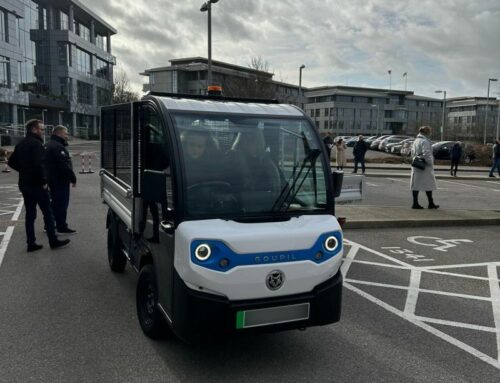Toyota Hilux Evo to compete at Dakar 2017
- Revolutionary mid-engine design, two-wheel drive transmission
- Lighter and faster than outgoing four-wheel drive Hilux
- Key design advantages retained from previous years
- Former Dakar winner Nasser Al-Attiyah joins team
TOYOTA has revealed details of the radical Hilux 2WD Dakar challenger with the traditional 4×4 pick-up converted to a lighter and faster mid-engine V8 two-wheel drive racer, together with a new driver line-up, for the vehicle-breaking 2017 Dakar Rally.
Created by Toyota South Africa Motors and Toyota Gazoo Racing SA, the new Toyota Hilux Evo is two-wheel drive, has increased suspension travel and a larger air restrictor. These are just some of the many changes that should allow Toyota Gazoo Racing SA to compete on a more competitive footing.
The new vehicle conforms to all the rules as set out by motor sport governing body the FIA, and used by the Amaury Sports Organisation (ASO), organisers of the Dakar Rally. This means the Toyota Hilux Evo is significantly lighter – 1,300kg as a target, saving a third on the 1,915kg of the 4×4 version of the Toyota Hilux.
It also features larger wheels and tyres of 940mm diameter – that’s over three feet – versus 800mm for the 4×4, significantly greater suspension travel and an onboard tyre inflation/deflation system.
Toyota Gazoo Racing SA team principal Glyn Hall says: “Essentially, this is our take on what a two-wheel-drive Dakar challenger should be.
“We’ve taken all the testing and real-world experience we gained with the four-wheel-drive Toyota Hilux over the past five years, and repackaged it in the lighter, faster Toyota Hilux Evo.”
The Toyota Hilux Evo features an innovative layout, with the engine and transmission housed between the two axles. This gives the vehicle an advantage over its competitors in terms of weight distribution, and with all the heaviest components placed near the bottom of the vehicle, the centre of gravity is lower than ever before. More freedom in the regulations allowed the engineers to explore new ideas and avenues.
“The important thing for us was to retain as much as possible from the previous vehicle in terms of suspension setup and engine tech,” continues Hall. “With this in mind we’ve stayed with the same proven, state-of-the-art V8 engine, and used all our knowledge when designing and setting up the suspension.”
For the 2017 edition of the Dakar, the ASO have announced the average altitude for the race is above 2,000 metres. This means that the non-turbo V8 will enjoy a 38mm restrictor for the first time, allowing the modern Toyota engine to breathe more efficiently. It will also be the first time that Toyota, MINI and Peugeot will be using the same size restrictor, as previous years saw Toyota’s competitors sport either a 1mm or 2mm advantage.
The new vehicle will now undergo rigorous testing and refinement, before being shipped off to South America at the end of the year, in time to take on the world’s most gruelling motorsports event – the Dakar Rally.
In addition to the new vehicle, former Dakar winner and newly crowned FIA Cross Country World Cup Champion Nasser Al-Attiyah and his navigator Matthieu Baumel join the team.
Al-Attiyah will join Giniel de Villiers and Leeroy Poulter in the driver line-up for 2017, while De Villiers will again be partnered by long-standing German navigator, Dirk von Zitzewitz. Poulter will have Rob Howie beside him in the Toyota Gazoo Racing SA Hilux, for their fourth Dakar together.
The 2017 Dakar Rally takes place between 2-14 January, staring in Asunción, Paraguay, before heading through Bolivia and finishing in Buenos Aires in Argentina.







Leave A Comment